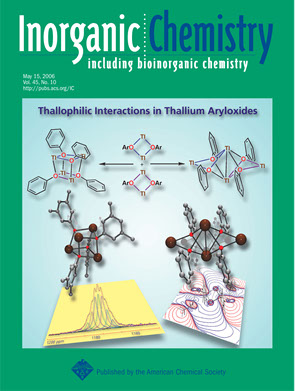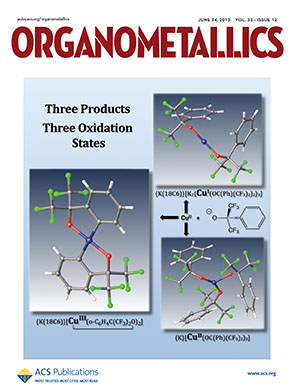
The Doerrer research group specializes in synthetic inorganic chemistry and is an equal-opportunity element utilizer. Currently there are four main avenues of research in the group.
The first two areas use of highly fluorinated aryloxide and alkoxide ligands for the (perhaps transient) stabilization of high oxidation states in first-row transition metals. These complexes are being investigated for C-H oxidation and functionalization with Cu(I)/O2 (Chem. Eur. J., 2013, 6374, publication link ) or Cu(II) (Organometallics, 2013, 3429, publication link ) as well as for O-H activation in water oxidation with other late first-row transition metals (Angew. Chem. Int. Ed., 2013, 1000, publication link ).
The third area of research involves metal-metal bonds and metal-metal interactions. We are interested in using the phenomenon of metallophilicity, (Dalton Trans., 2010, 3543, publication link) which is the attraction of electron rich (pseudo)closed-shell metal centers e.g. d10 Au(I), d8 Pt(II), for each other. We have used these relatively weaker attractive forces in combination with electrostatics to form one-dimensional chains of metal atoms (Inorg. Chem., 2006, 6120, publication link ) for investigation as low-dimensional semi-conductors. More recently heterobimetallic lantern complexes containing unpaired electrons have also been assembled with metallophilic interactions. (Chem. Sci., 2012, 602, publication link ) (Inorg. Chem., 2013, 4926, publication link )
Most recently we have begun investigating Fe3O4 nanoparticles as contrast agents (Langmuir, 2012, 6246, publication link )


Designed and maintained by Kevin D. Hammon